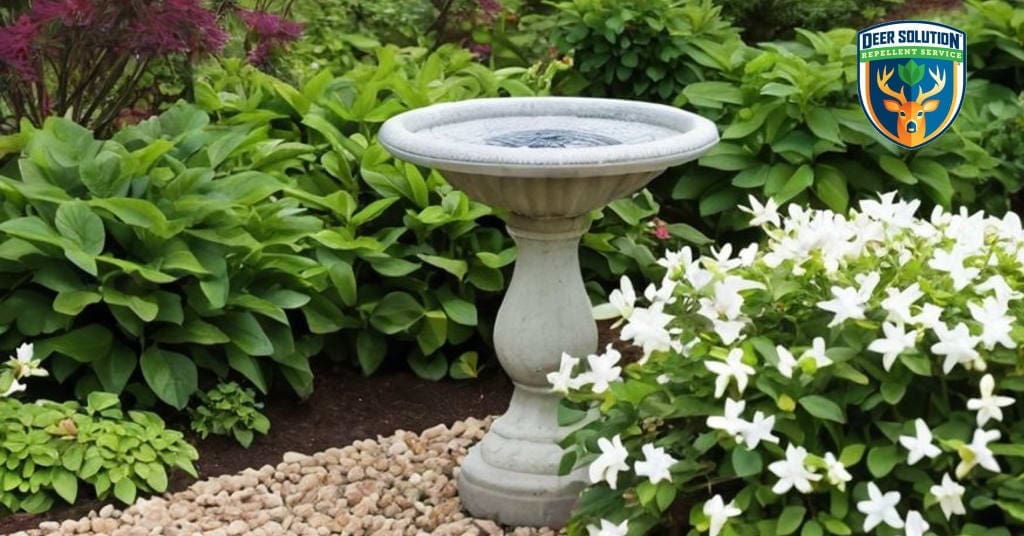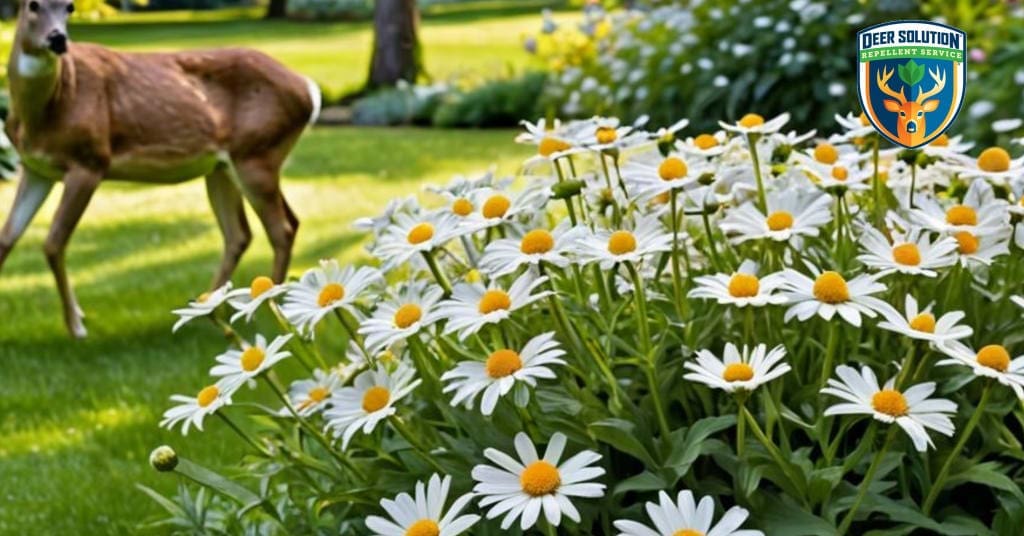Gray-Headed Coneflowers (Ratibida pinnata) are a vibrant addition to any garden, known for their striking yellow petals and distinctive grayish-brown cone centers. These native perennials not only enhance the visual appeal of your landscape but also play a crucial role in supporting local biodiversity. However, many gardeners wonder if these beautiful blooms are at risk from deer. Understanding how deer interact with Gray-Headed Coneflowers can help you protect your plants and maintain a thriving garden.
Why Gray-Headed Coneflowers Stand Out in Your Garden
Gray-Headed Coneflowers are cherished for their long blooming season, which lasts from mid-summer to early fall. Their tall, sturdy stems make them a favorite among pollinators, including bees and butterflies. These flowers are also drought-tolerant and adaptable to a variety of soil conditions, from sandy to loamy soils, making them a resilient choice for diverse garden environments. By attracting beneficial insects and providing food sources for wildlife, Gray-Headed Coneflowers contribute significantly to the health of local ecosystems.
Gray-Headed Coneflowers and Deer: What to Expect
Deer are known for their opportunistic feeding habits, and while Gray-Headed Coneflowers are not typically at the top of their menu, these plants may still be browsed under certain conditions. Compared to other common garden plants, Gray-Headed Coneflowers generally offer moderate resistance to deer. However, factors such as the availability of other food sources, local deer population density, and seasonal changes can all influence whether deer will target these plants. In regions where deer are particularly prevalent, or during harsh winters when food is scarce, Gray-Headed Coneflowers might be more vulnerable to browsing.
Simple Tips for Thriving Coneflowers
Caring for your Gray-Headed Coneflowers is essential for helping them flourish, especially in areas where deer are present. Here are some practical tips to support the growth and vitality of these plants:
- Planting Tips: Gray-Headed Coneflowers thrive in full sun and well-drained soil. They prefer sandy or loamy soils and should be spaced about 18 to 24 inches apart to ensure good air circulation and reduce the risk of disease. These conditions help the plants establish strong root systems, which can improve their resilience to browsing.
- Maintenance: While Gray-Headed Coneflowers are relatively low-maintenance, regular watering during dry spells is crucial for their health. Mulching around the base of the plants with organic materials can help retain moisture, regulate soil temperature, and suppress weeds, all of which contribute to their overall vitality. Deadheading spent flowers can encourage more blooms and prevent excessive self-seeding.
- Supporting Growth: To promote robust growth and a healthy bloom cycle, consider using an eco-friendly, balanced fertilizer in early spring. Pruning back the stems in late winter or early spring can also help control the plant’s size and encourage new growth, making your Gray-Headed Coneflowers more vigorous and less appealing to deer.
When Expert Guidance Can Help
Maintaining a healthy garden can sometimes require more than just regular care, especially when dealing with wildlife like deer. Seeking professional advice can provide you with tailored strategies that are specifically designed for your landscape’s needs. Deer Solution offers specialized services focused on eco-friendly deer management, helping to protect your garden while promoting sustainability. With their expertise, Deer Solution can assist you in creating a thriving garden environment that supports both your Gray-Headed Coneflowers and other plants, even in areas with high deer activity.
Understanding the relationship between deer and Gray-Headed Coneflowers is key to maintaining a vibrant, resilient garden. By focusing on proper care and considering professional support when needed, you can enjoy the beauty of these blooms throughout the growing season. Deer Solution’s commitment to eco-friendly practices offers a reliable option for gardeners looking to protect their landscapes while fostering a sustainable environment.











